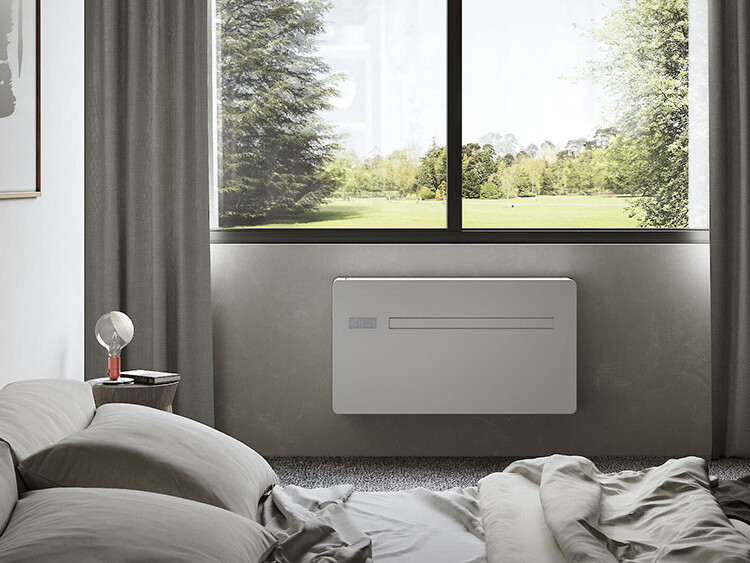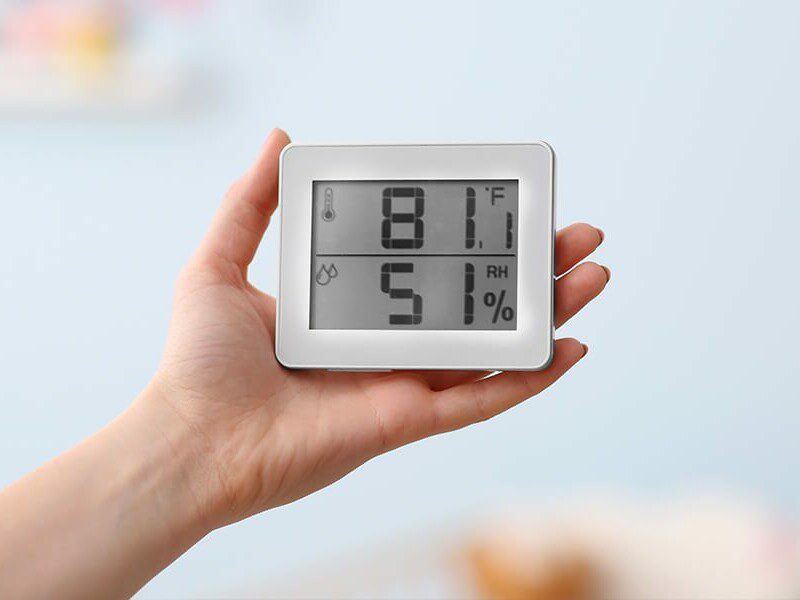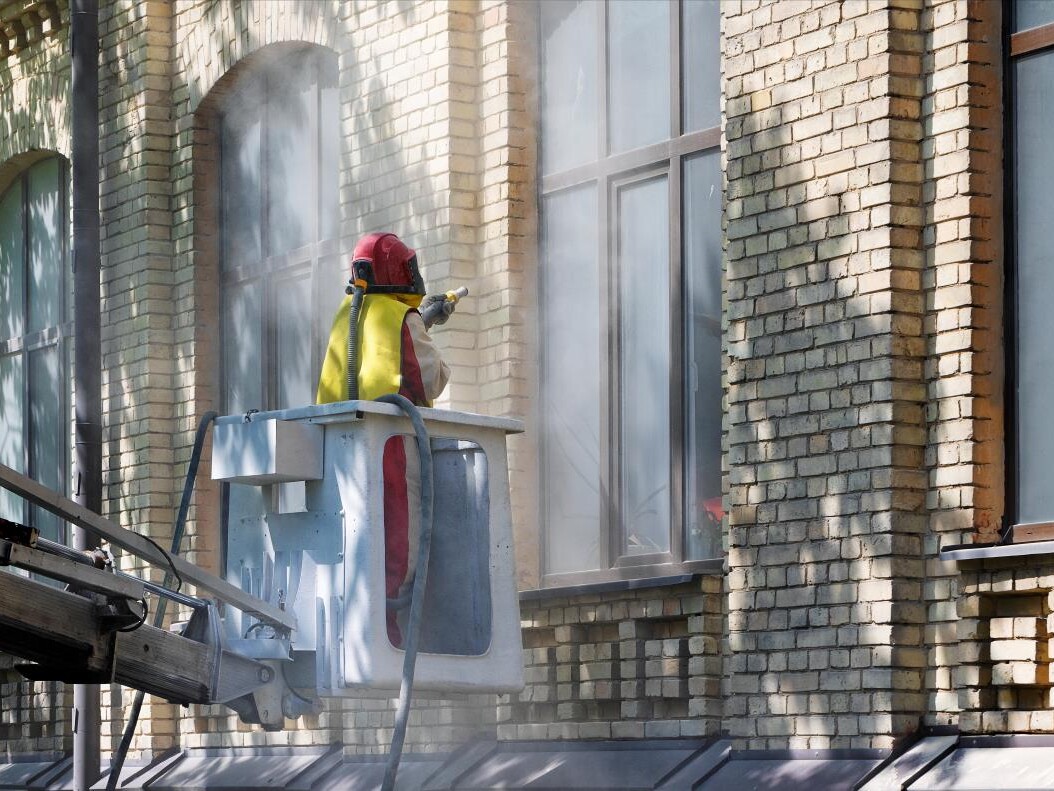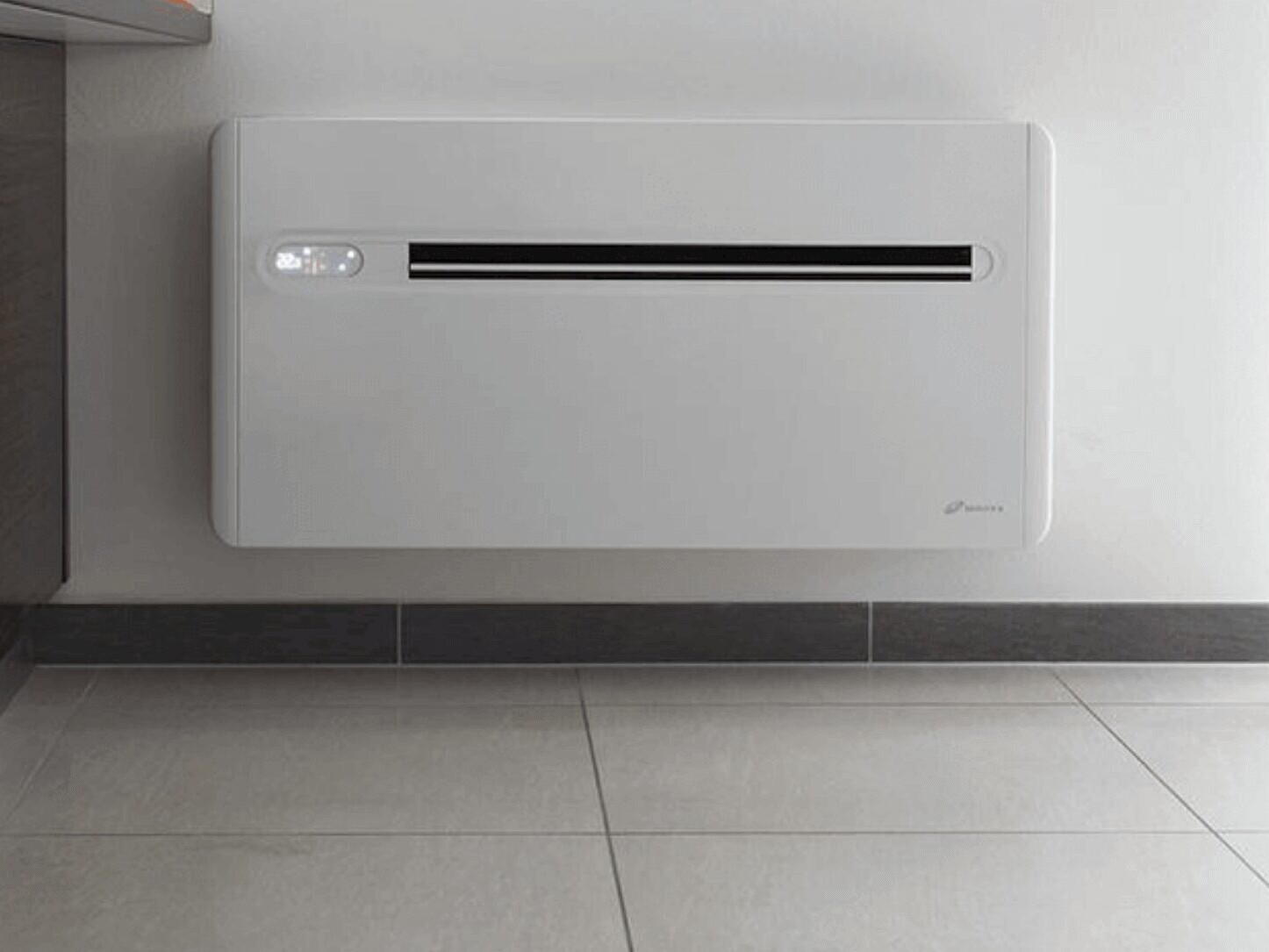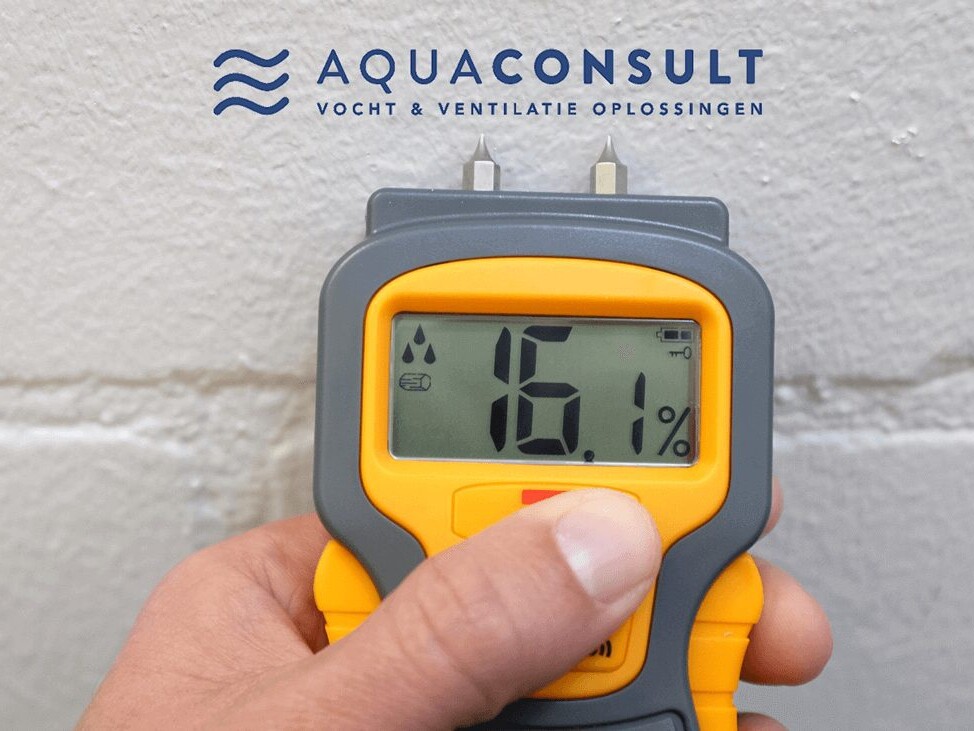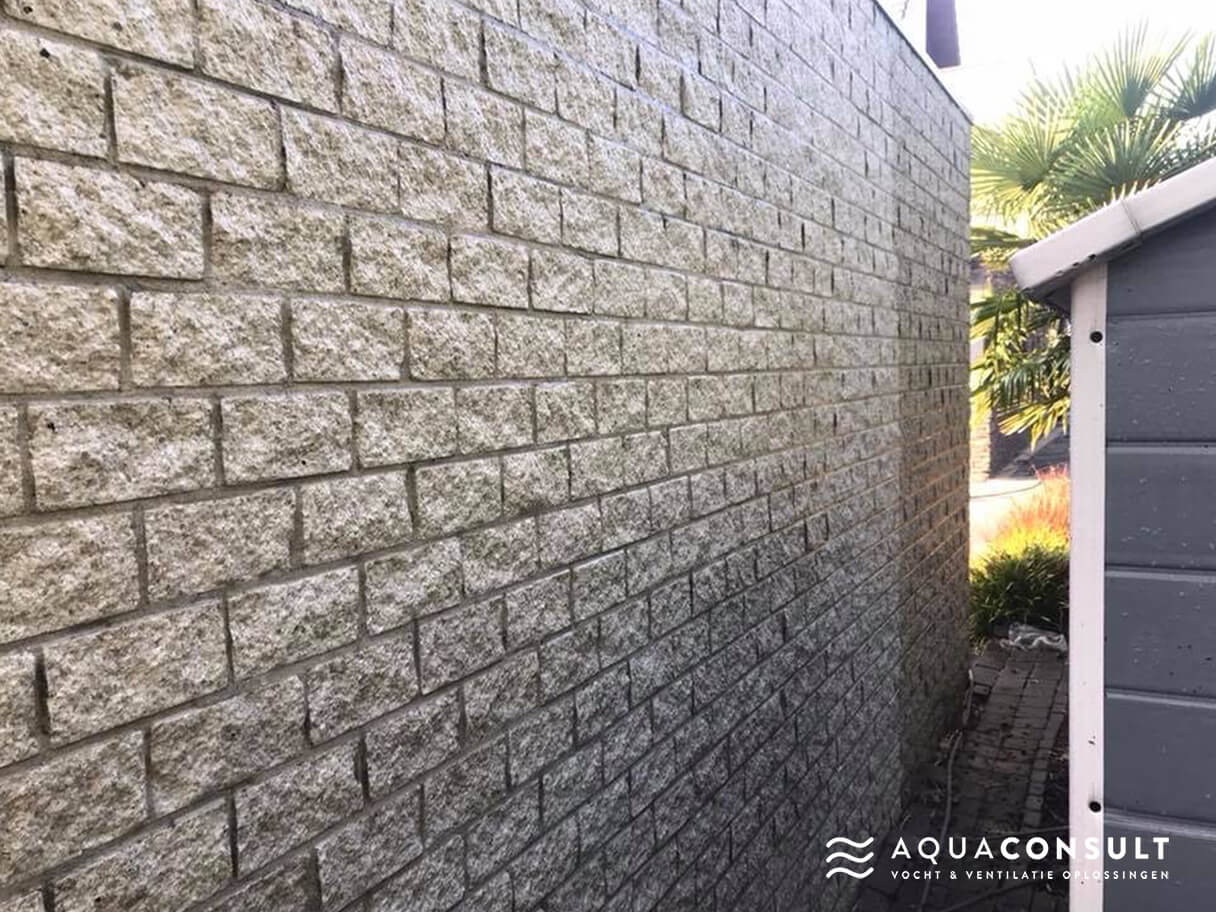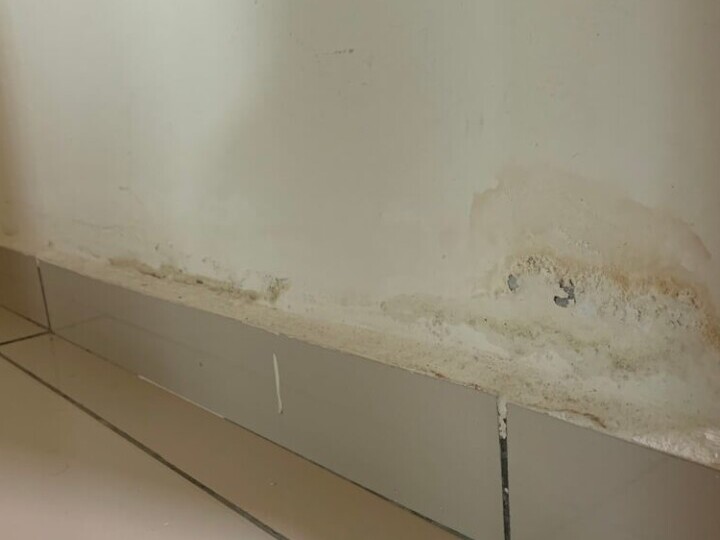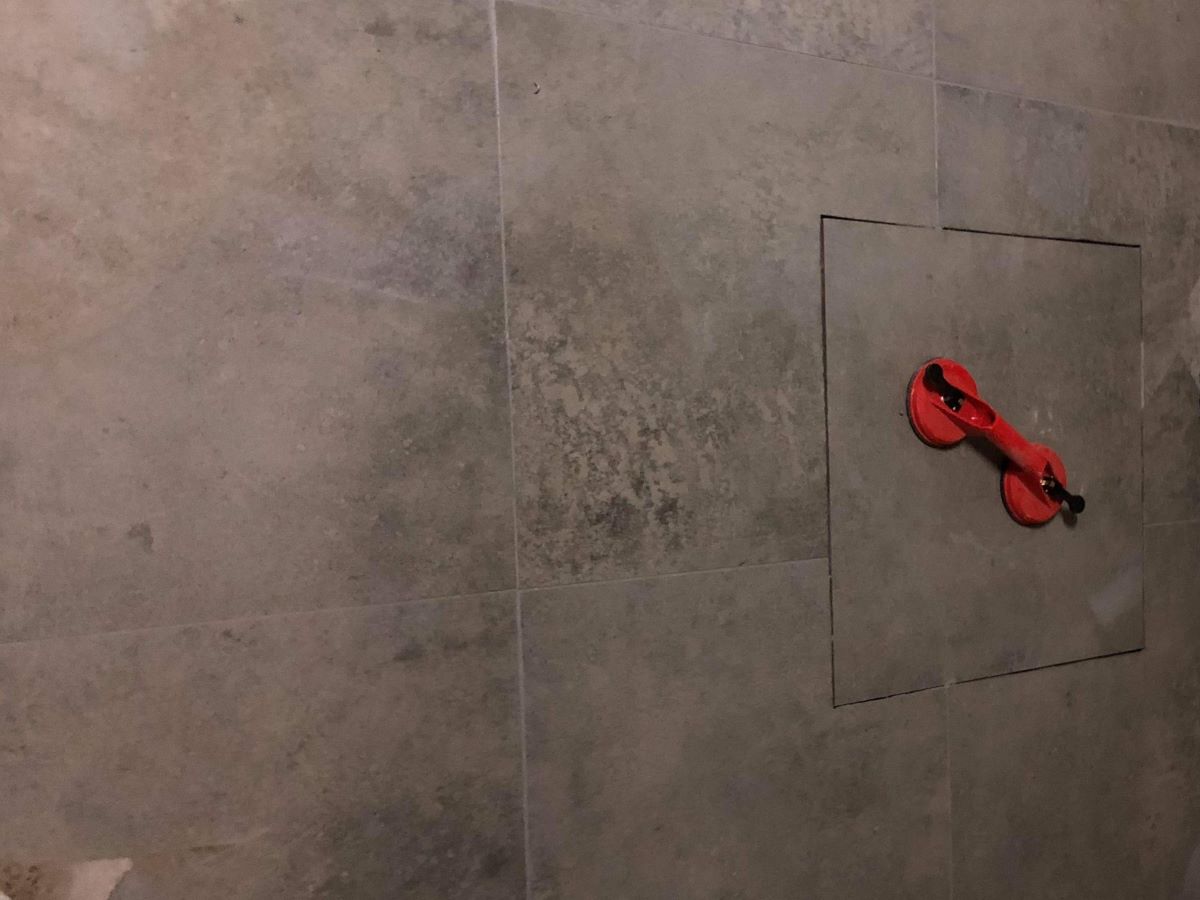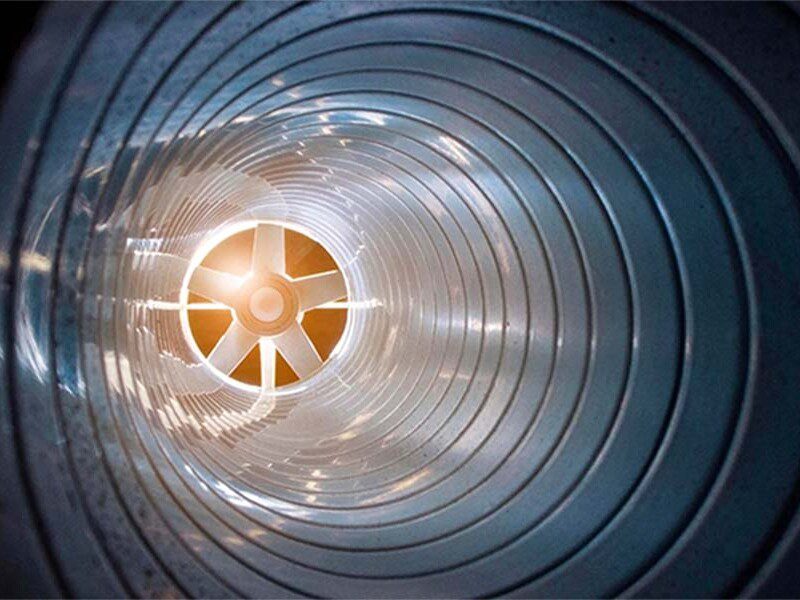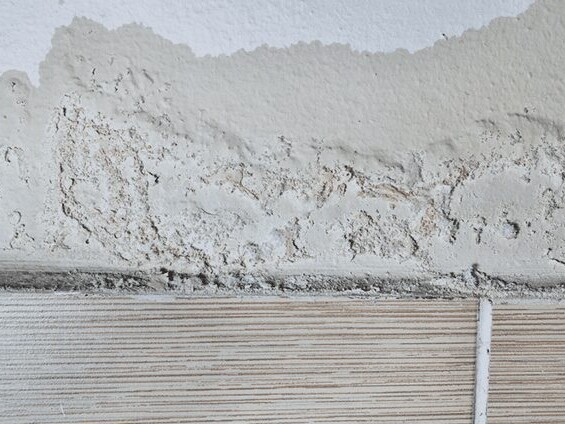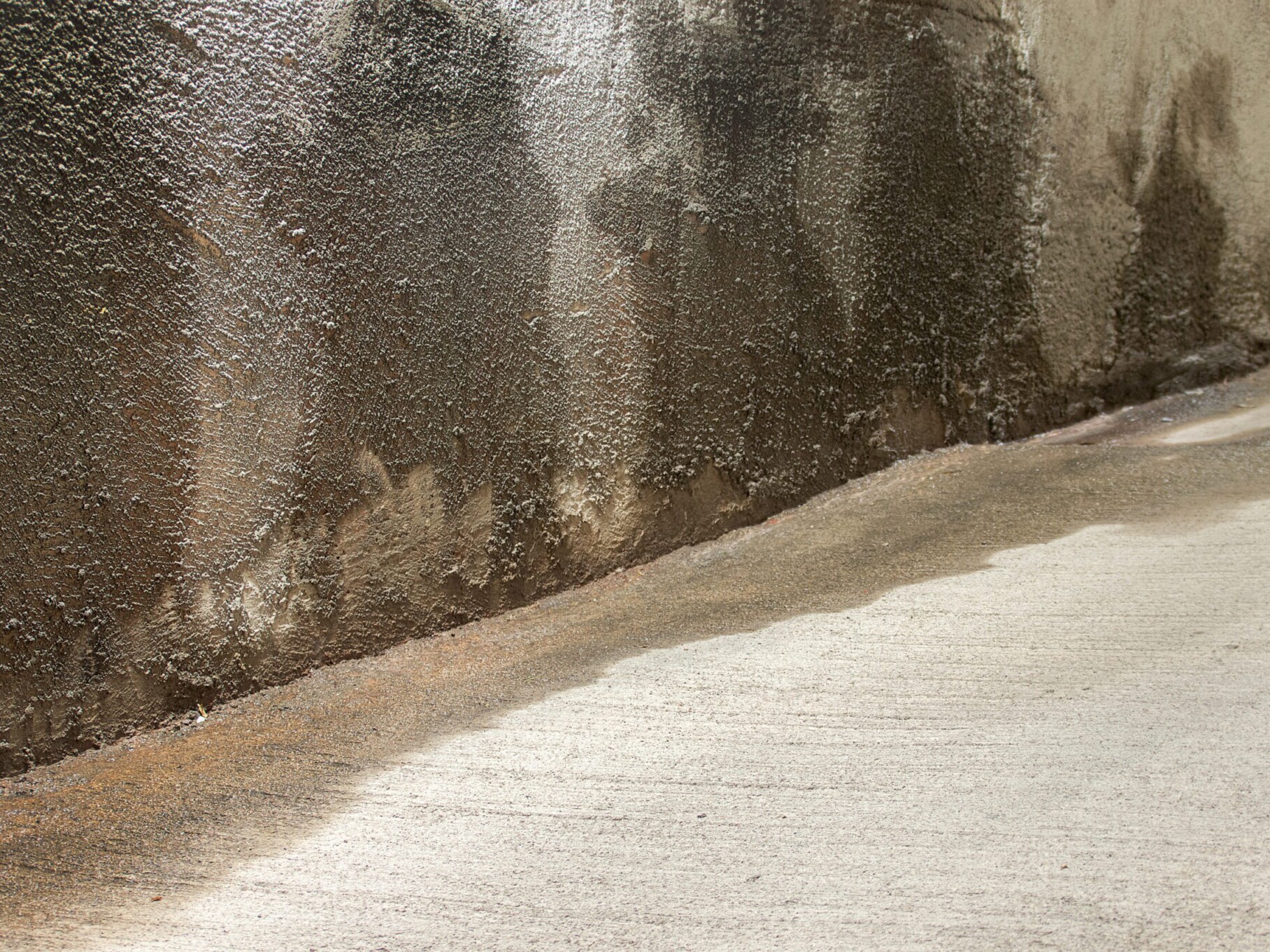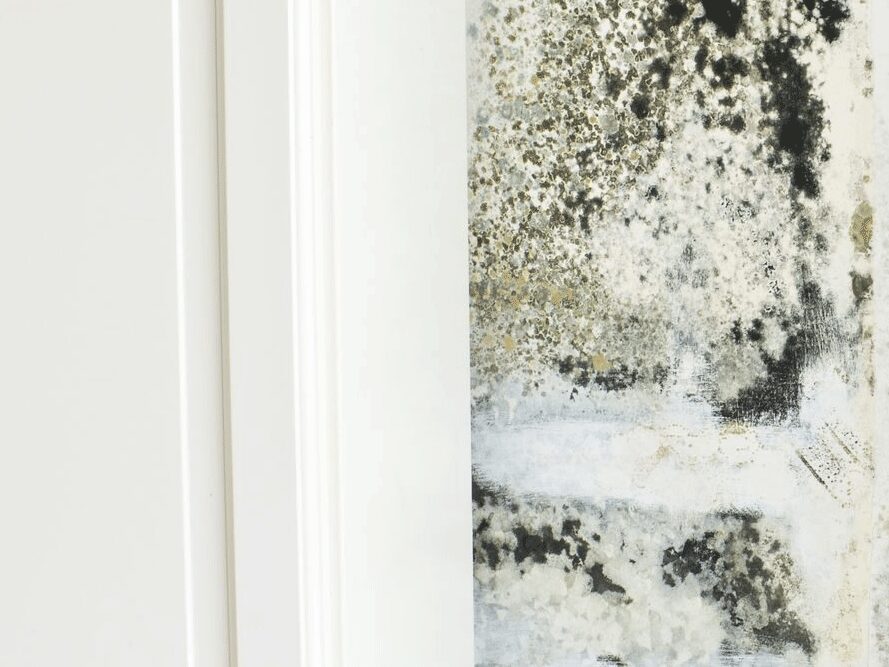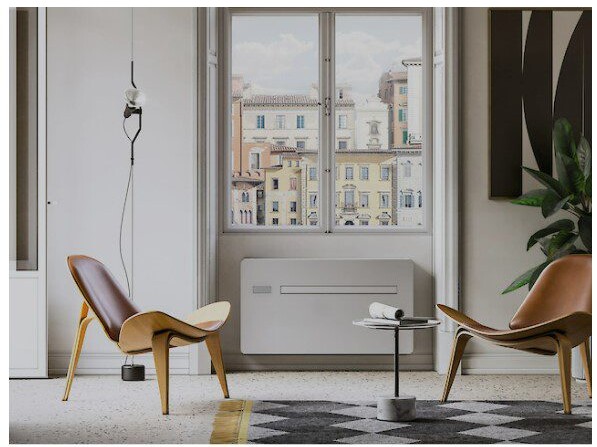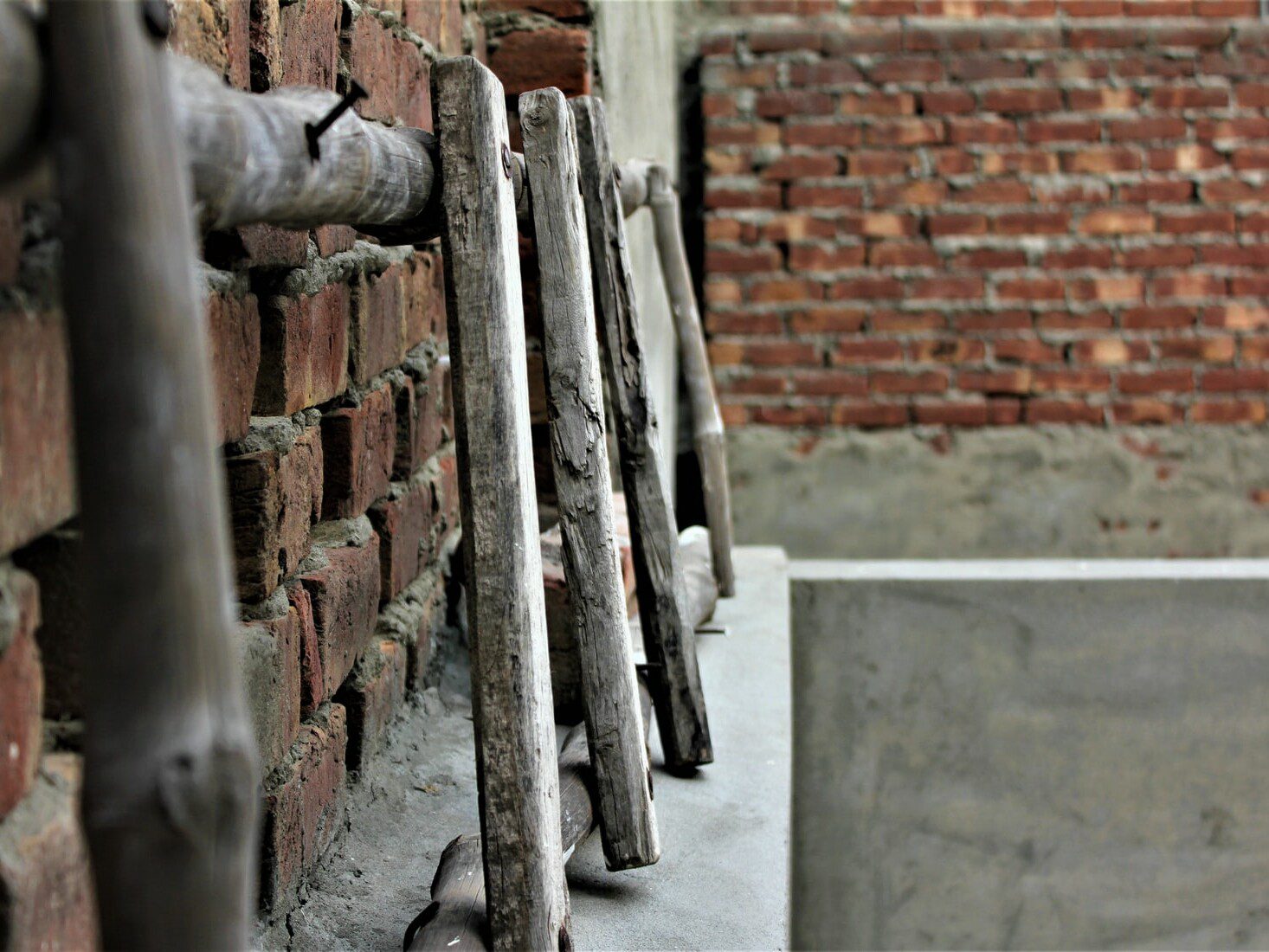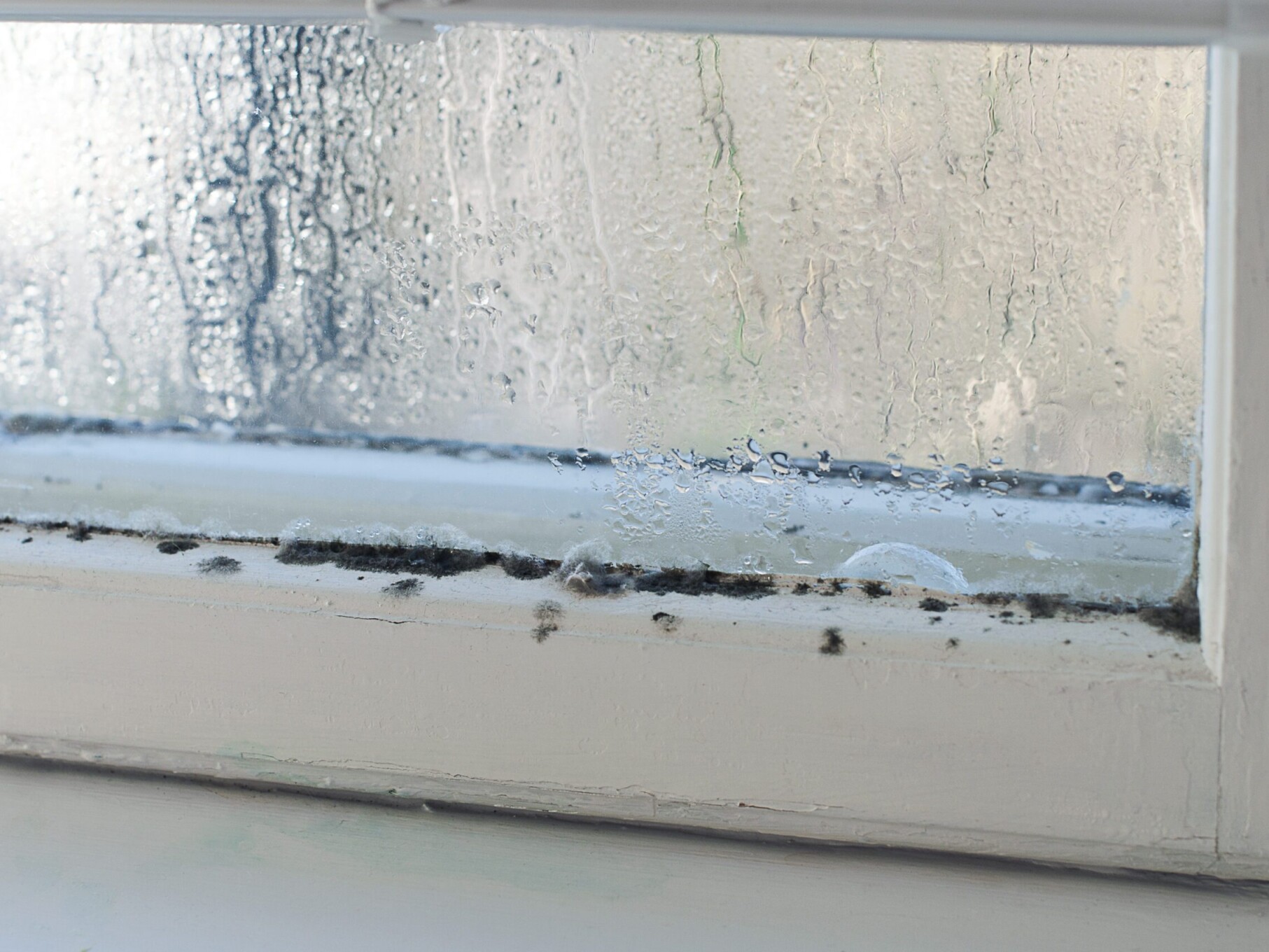Thermal bridges: cause of moisture problems and condensation
Find out everything you need to know about cold bridges.
What are thermal bridges?
A thermal bridge is a weak link in the insulation of your home. Cold bridges occur where insulation is absent or poor. It is literally a place in a home where the "cold" is conducted from outside to inside. They are also called thermal bridges, thermal bridges or building knots.
The insulation envelope is missing or interrupted, causing heat loss. This lowers the indoor temperature and increases the need for heat. In addition, thermal bridges can also indirectly cause moisture problems. Moisture and thermal bridges are always the biggest problems in all renovation projects.
And that's not all: thermal bridges can also cause problems in the summer. For example, thermal bridges allow warm air to enter, making it difficult to keep your home pleasantly cool.
The causes of thermal bridges
Thermal bridges can have a variety of causes.
Where are the thermal bridges located in a house?
A thermal bridge often occurs in all places where insulation does not connect properly. You can therefore sometimes detect a thermal bridge very clearly around exterior doors and windows, where the insulation is not optimally connected to floors or the door and window openings themselves. A few millimeters of opening is enough to allow a cold bridge during a cold winter period. Of course, a few millimeters of insulation loss will not cause serious moisture problems, but it will slightly increase energy bills.
Some examples of places where thermal bridges can occur:
How do you recognize thermal bridges?
You can't always see a thermal bridge, but you can feel it. If you rub your hand over a piece of wall or floor and notice a difference in temperature, you are dealing with a thermal bridge. If you see black mold or condensation on concrete slabs or windows, that can also be an indication of a thermal bridge.

What (moisture) problems cause thermal bridges?
Cold bridges are the cause of a lot of moisture problems in the home. Especially alarming is the structural moisture damage it can cause on the cold wall. A cold bridge weak enough to cause the wall temperature to drop below 14°C works moisture problems such as condensation in hand. Where indoor moisture (naturally present in warm indoor air) can condense against walls, get mold a chance to form and moisture spots also develop. Houses with condensation and mold are additionally just not good for the health. In addition, it is bad for plaster, wallpaper and/or painting. With wood structures, it can in turn cause the wood to rot, resulting in instability. It is a real domino effect.
Because the walls at the level of a thermal bridge cool sharply, the natural moisture in the air will condense in these places. Not only do cold bridges create moisture problems, but they also create another major problem: energy and heat loss. As mentioned earlier, thermal bridges create a temperature difference between the wall where there is a thermal bridge and the rest of the house. So in the winter, you will need more energy to heat your home, resulting in higher energy bills. With today's high energy prices, you obviously want to get that out of the way.
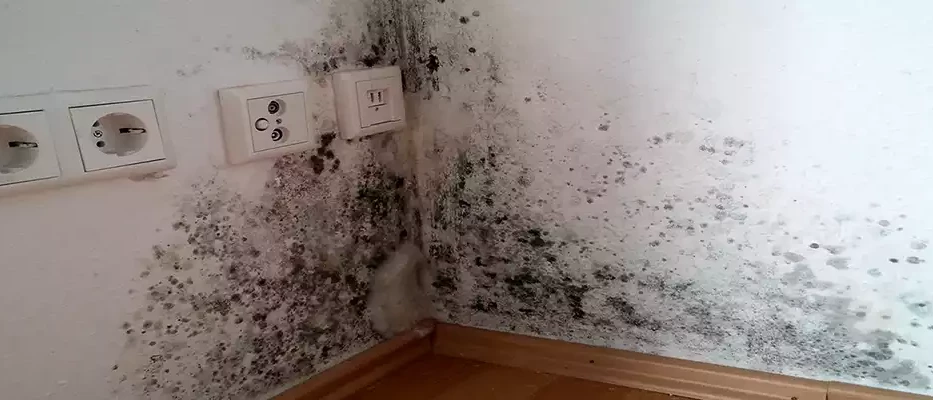
Influence of thermal bridges on the K-level and E-level
The Flemish government encourages homeowners to better insulate and airtight renovate homes (think cavity wall insulation or crepi / exterior wall insulation). A renovation aimed at eliminating cold bridges has several benefits for property value:
How do you solve thermal bridges?
Good ventilate, insulation and heating are three key rules to prevent thermal bridges. In older homes, it is not always simple to address thermal bridges; this is immediately a major renovation. Fortunately, you are entitled to grants or subsidies If you are doing an energy renovation. During such a renovation to solve thermal bridges, all the insulation is connected together properly so that the insulation envelopes the entire house and there are no more energy leaks. If the insulation is completely continuous and not defective anywhere, thermal bridges do not stand a chance. So is it even worth addressing thermal bridges, since it is such a major renovation? Yes. Without thermal bridges, a lot of moisture problems solved and reduces energy bills.
First aid for moisture problems
Are you suffering from moisture problems? Contact AquaConsult now and we will be happy to help you.
Tackle hay fever with ionization
01/08/2024
Is moisture bad for your health?
26/07/2024
26/07/2024
What is the technical ATG approval?
23/07/2024
What is floor drainage in the basement?
23/07/2024
Four ways to prevent mold in your home
16/07/2024
How can I waterproof my basement again?
16/07/2024
Is black mold dangerous to your health?
22/09/2022
31/08/2021
Request more information and brochure
Answer the questions below and get more information and our brochure based on them. Would you like to have the cost calculated? Then indicate this clearly in the text field below and we will do the necessary.


[null]



